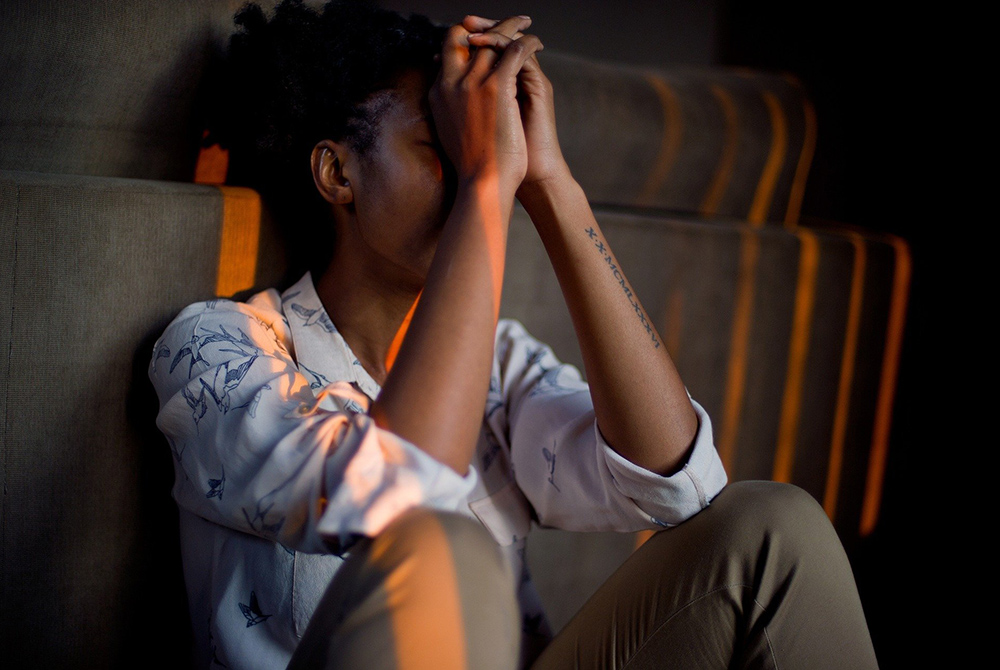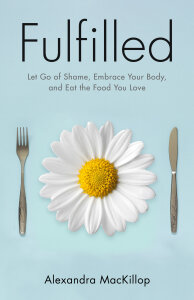
(Pixabay/1388843)

I have struggled with an eating disorder since I was in second grade. I have vivid memories of my mother finding out that I would throw away my lunch, and being assigned a teacher who would sit with me and make sure I ate my food during our lunch period. Back then, the mentality I was applying seemed simple: Food makes you put on weight, and I didn't want to put on weight because everyone around me always made sure to communicate that weight equaled something terrible.
By the age of 19, I was finally diagnosed with my two eating disorders and started to receive the proper treatment and therapy for healing; it took 10 years to get help. Yet, this reality is far too common in the lives of Hispanic women, who are more likely to suffer from eating disorders such as bulimia nervosa than white women. Black women also have higher rates of bulimia. Yet, according to the National Eating Disorders Association, when clinicians were given identical case studies of eating disorder symptoms in Black, Hispanic and white women, only 17% of of them identified the behavior as problematic for the Black woman; while 41% saw the Hispanic woman's behavior as problematic, and 44% reported it as problematic for the white woman.
Clearly, the disparities are present in both the treatment and acknowledgment of Black and Hispanic women's eating disorders. White women are often presented with space, the tools and resources to find proper medical and psychological healing from the damage of eating disorders, but the realities that influence eating disorders in Black and Hispanic women go unnoticed to most.
In her new book Fulfilled: Let Go of Shame, Embrace Your Body, and Eat the Food You Love, food scientist and holistic health clinician Alexandra MacKillop tackles the topic of eating disorders and the narratives of shame, toxic diet culture and social pressure that impact the origins of such conditions. She works early on building a space of trust for the reader by sharing her professional qualifications and personal experience on the topic, allowing the reader to engage with her written work from a private space marked by vulnerability and openness.
Her Christian faith also informs her book. She often pulls from Christian teaching and Scripture to prove her points on the gift of the body and intuitive eating (where people practice the method of being in tune with one's body to determine when and what to eat). MacKillop is quick to point out how women are affected by social and cultural pressures, and how these pressures are prime suspects behind eating disorders.
I can remember attending various youth conferences where I was presented with only one image of what a "good and holy woman" looks like.
Social media is especially susceptible to the toxic rhetoric around women's bodies, evident in one of the latest trends on TikTok. Young girls put together 15-20 second videos of images presenting socially acceptable pictures of models, and then turn the cameras onto themselves, with the song lyrics in the background singing, "What is it about them? I must be missing something."
For MacKillop, the Christian faith must serve as a constant reminder that our bodies, created by God, are inherently good, and food and weight gain/loss cannot take that away from us. Throughout the book, she repeats herself various times in sharing that God loves us as we are. His design for our bodies was intentional: Our bodies were meant to self-regulate and fluctuate, and see food as fuel and not moral imperatives.
While MacKillop sufficiently provides Christian narratives and connections to Scripture on how our bodies are first and foremost good and holy, this is not the narrative we often see in church circles. I can remember attending various youth conferences where I was presented with only one image of what a "good and holy woman" looks like. It did not go unnoticed that, more often than not, those women were always white, thin and perfectly put together physically.
As a teenager who struggled with eating disorders and all the noise from the world around me that highlighted my weight, I did not hear the voice of women like MacKillop, who assured me that my body was good and holy as it was. Instead, I listened to the snide comments from women at my Catholic church, as they discussed another woman's weight gain after Mass; the remarks of my own family members about my constant fluctuating weight; and the people in church youth ministry circles who were quick to associate any weight gain with sin and laziness, especially in speaking to young women.
Advertisement
The voices in my circles of faith did not highlight the gift of intuitive eating. They did not address the realization that morality does not hold the final say on food. Often what was shared was the destructive and privileged nature of diet culture through subliminal messages in homilies, retreat talks and side comments. In fact, the women whom I often saw receive the brunt of the blow in regards to weight and body size were women of color, who are groomed by society and our own machismo cultures to be the perfect, exotic Barbie-like dolls, even if it came at the cost of our own physical, mental, emotional and spiritual well-being.
The weight loss industry works twice as hard to keep people of color locked into this mentality, making us think that we must buy into their programs, diet pills and weight loss apps to feel at home in our bodies when the truth is that our bodies are good and holy as they are. The physical bodies of Black and Hispanic women are often under more critique from secular and church circles because we are stereotyped by racist and sexist tropes that attribute our body size and weight to poverty, laziness and narratives that present us as less civilized than white bodies. The reality is that Black and Hispanic women are often working through undiagnosed eating disorders because of these false claims that are perpetuated on our bodies.
While she is poignant in targeting the harmful narratives and nature of diet culture, and works to adequately address how intuitive eating is how our bodies work best with food, I wish MacKillop spent more time addressing social, cultural and economic implications eating disorders have on Black and Hispanic bodies. To truly address the scope of eating disorders, one must consider how they are discussed, diagnosed and supported depending on race, gender and class. This will allow for more inclusive spaces of engagement to better support people struggling with eating disorders. MacKillop provides a solid framework on what it means to engage with food from a place of freedom. This calls for further expansion on how various demographics can create more space for that experience of freedom with food.








